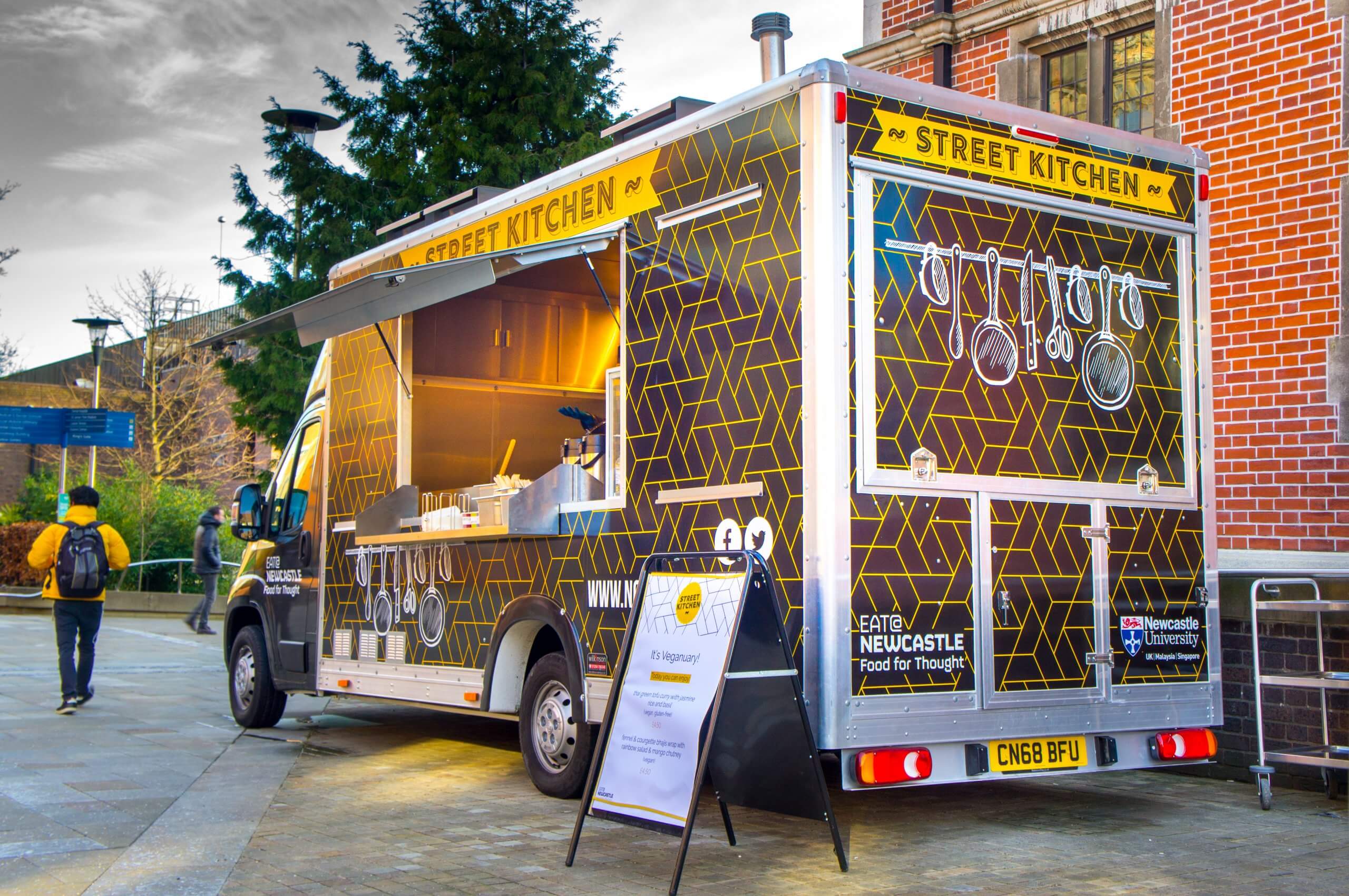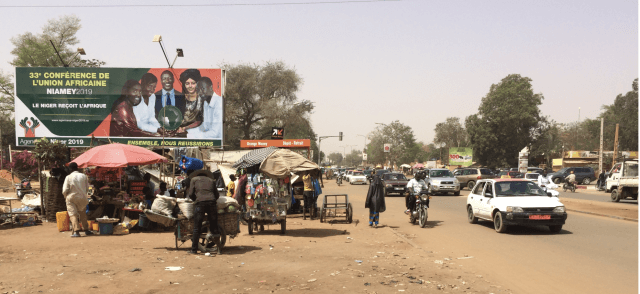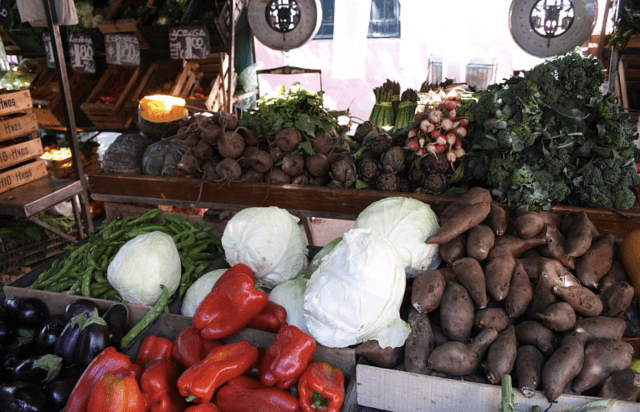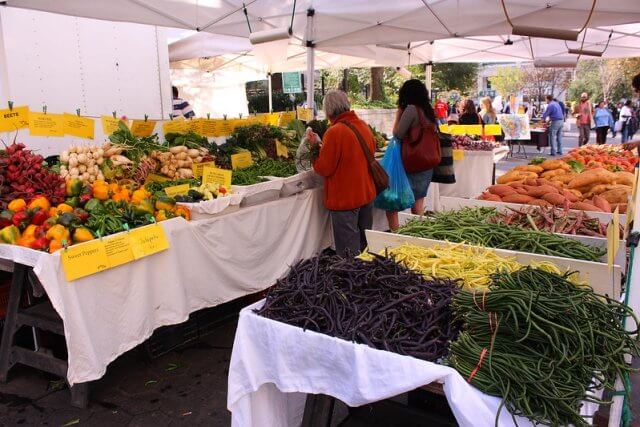The action and its aims
Newcastle City Council developed a Hot Food Takeaway Supplementary Planning Document (SPD) to curb the proliferation of takeaways within a ten-minute walk of secondary schools and in high concentration neighborhoods. The SPD informs planning decisions over changes of use of commercial premises or establishment of new ones. The aims are to make unhealthy food less easily accessible for school children and to prevent the overconcentration of takeaways.
When it was introduced
The SPD was adopted in 2016.
Why it was needed
It was considered necessary as some areas of the city are ‘saturated’ with hot food takeaways selling food that is high in fat, salt and sugar, while child obesity poses a major threat to public health in Newcastle – as in the rest of the UK.
Who initiated it, who is involved
The Newcastle City Council Planning Team prepared the SPD. The draft SPD was then put out for public consultation for four weeks.
Impacts to date
In the first year 10 planning applications were received for change of use or newly-build hot food takeaways. Of these, one was rejected on the grounds that it was within walking distance of a secondary school and not within a local retail center.
More information: Similar restrictions have been implemented by other local governments in the UK, including Manchester, and London-wide restrictions on new takeaways within 400m of schools are proposed by London Mayor Sadiq Khan, under the 2018 London Food Strategy.






